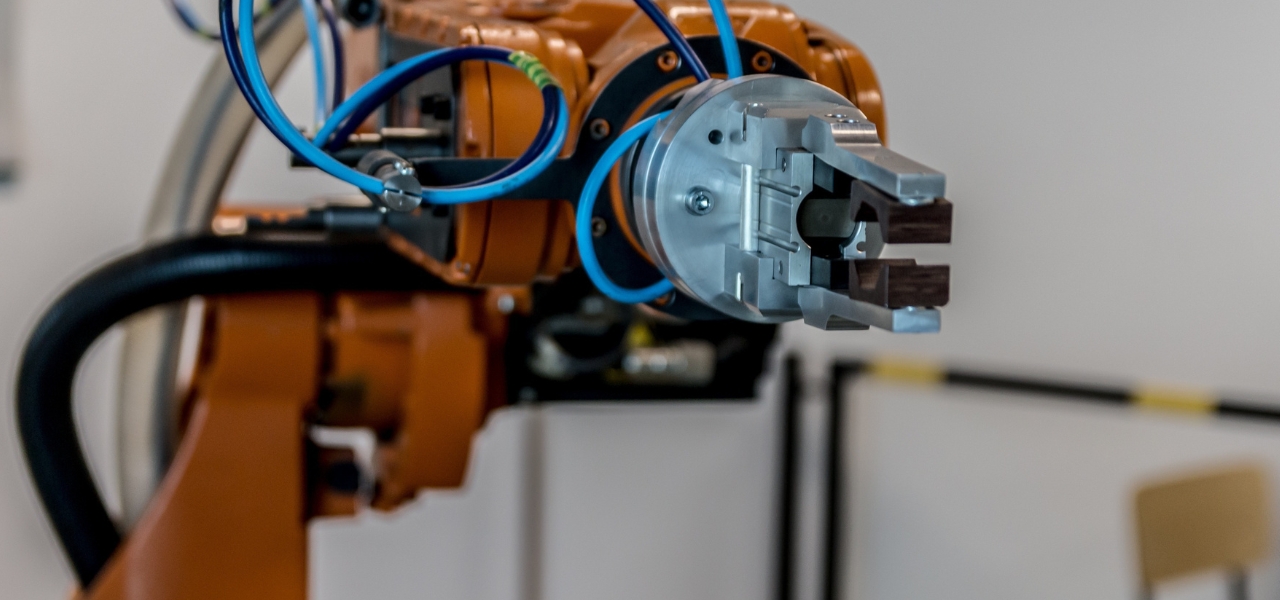Emerging economies are redefining how automation is adopted, and Robotics-as-a-Service (RaaS) is at the center of this transformation. By replacing high upfront investment with subscription-based access, RaaS makes robotics accessible to businesses that once saw automation as out of reach. This shift is helping small and medium enterprises compete in industries like manufacturing, logistics, and agriculture.
Robotics-as-a-Service and Flexible Automation
Unlike traditional robotic systems, Robotics-as-a-Service enables businesses to scale deployments up or down according to demand. Seasonal peaks in warehouse operations or fluctuating production cycles no longer require permanent investments in machinery. Instead, companies can rent robotic capacity as needed, giving them agility in highly dynamic markets. For emerging economies, this adaptability is crucial to staying competitive while managing limited resources.
Intelligent Efficiency Through Robotics-as-a-Service
Modern robotics is driven by artificial intelligence, data analytics, and predictive algorithms. For many companies in developing regions, maintaining such advanced systems internally is a challenge. Robotics-as-a-Service eliminates this barrier by including software updates, maintenance, and real-time data insights in its model. Businesses benefit from efficiency gains, predictive maintenance, and process optimization without the complexity of managing technology themselves.
Building Skills and Economic Growth
The advantages of Robotics-as-a-Service extend beyond cost savings. By democratizing access to automation, it stimulates job creation and fosters new technical skills. Workers gain experience in programming, monitoring, and collaborating with robots supplied by service providers. This shift not only boosts industrial productivity but also strengthens local economies by building a workforce ready for the age of intelligent automation.
Challenges and the Road Ahead
Despite its promise, RaaS faces hurdles in emerging markets. Stable connectivity, cybersecurity safeguards, and workforce reskilling are critical to successful adoption. Governments and private stakeholders are now investing in infrastructure and training programs to address these gaps. As ecosystems mature, Robotics-as-a-Service will likely evolve into a cornerstone of industrial modernization, accelerating global competitiveness.
Also read: How Luxury Brands Are Secretly Using Digital Transformation to Maintain Exclusivity
Robotics-as-a-Service as a Strategic Enabler
At its core, Robotics-as-a-Service represents more than a cost-effective model—it is a strategic enabler for emerging economies. By lowering barriers, enhancing flexibility, and building local expertise, it transforms robotics from an expensive luxury into a tool for growth. As adoption spreads, emerging economies will find themselves not only catching up but also leading in the global automation race.
Tags:
RoboticsAuthor - Jijo George
Jijo is an enthusiastic fresh voice in the blogging world, passionate about exploring and sharing insights on a variety of topics ranging from business to tech. He brings a unique perspective that blends academic knowledge with a curious and open-minded approach to life.
